Home>Interior Design>What Color Is Replacing Gray? Interior Designers Prefer This Color
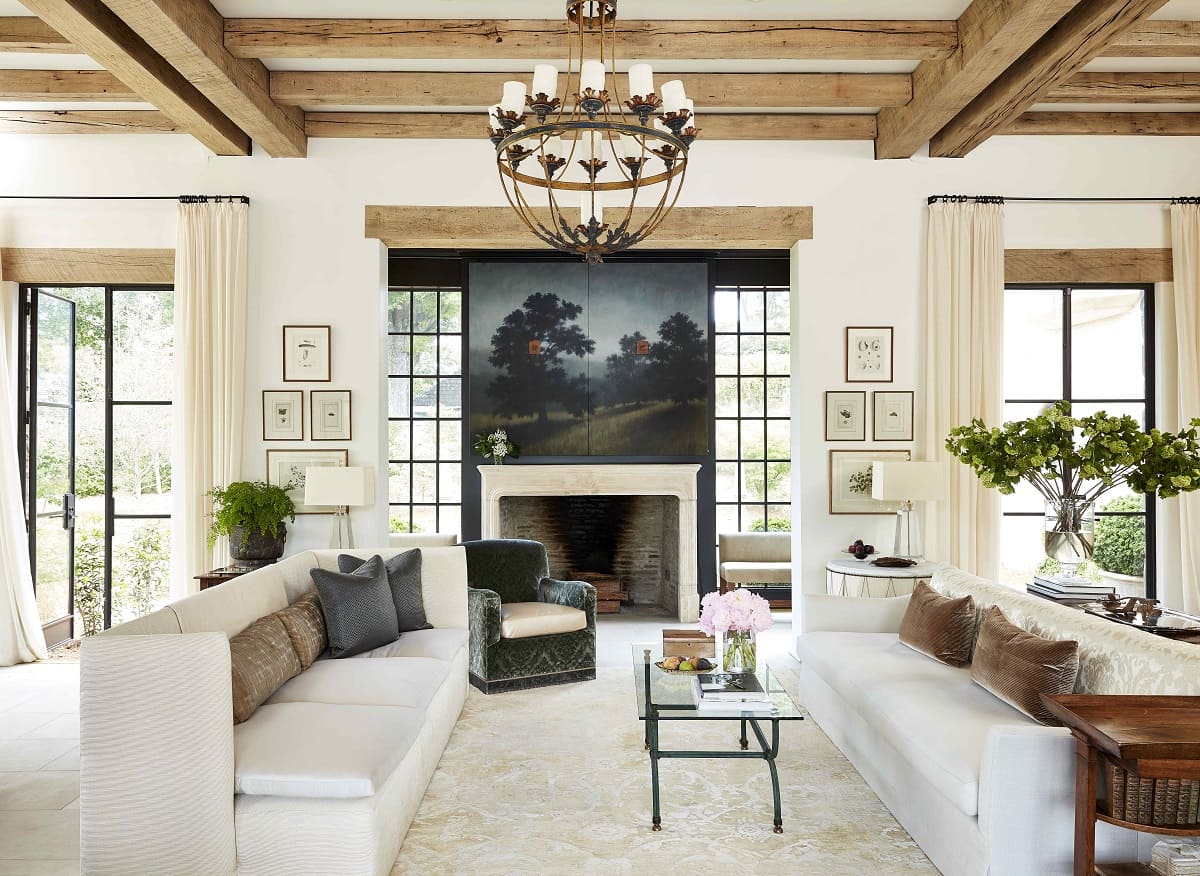

Interior Design
What Color Is Replacing Gray? Interior Designers Prefer This Color
Modified: January 5, 2024
Discover the color interior designers are embracing as a replacement for gray. Enhance your space with this trending hue favored by experts in the field of interior design.
(Many of the links in this article redirect to a specific reviewed product. Your purchase of these products through affiliate links helps to generate commission for Storables.com, at no extra cost. Learn more)
Introduction
In the world of interior design, color plays a vital role in creating a captivating and harmonious space. Different color schemes evoke various emotions and set the tone for a room. For years, gray has reigned supreme as the go-to neutral color in interior design. Its versatility and understated elegance have made it a popular choice for walls, furniture, and accessories. However, as trends change and evolve, a new color is emerging to take the throne and replace gray as the preferred neutral hue.
The use of gray in interior design skyrocketed in recent years, as it effortlessly complements a wide range of styles and aesthetics. From minimalist and contemporary designs to traditional and rustic themes, gray became the ultimate chameleon of the color palette. Its cool and calming undertones added a touch of sophistication to any space, making it a staple choice for homeowners and designers alike.
However, the time has come for a new color to take the spotlight and inject fresh energy into interior design. As with any trend, the shift from gray to a new neutral color is influenced by a variety of factors, including fashion, culture, and societal shifts. So, what color is replacing gray? Let’s delve into this exciting new development in interior design and discover the preferred color that is capturing the attention of designers around the world.
Key Takeaways:
- Warm beige is replacing gray as the preferred neutral color in interior design, offering a comforting and versatile alternative with earthy undertones and a timeless appeal.
- Interior designers endorse warm beige for its ability to create a nurturing and harmonious environment, promoting relaxation, balance, and social interaction while seamlessly blending with various design styles and aesthetics.
The Rise of Gray
Gray’s ascent to popularity in interior design can be attributed to its ability to create a clean and modern aesthetic. It became the go-to choice for homeowners and designers seeking a neutral backdrop that could effortlessly complement a range of furnishings and accessories. Gray’s versatility allows it to be paired with both bold and muted colors, making it a versatile option for any design scheme.
One of the key reasons behind gray’s rise in popularity is its ability to create a sense of tranquility and calmness. Its cool undertones can help to create a serene and peaceful atmosphere in a room, making it an ideal choice for bedrooms, living rooms, and other spaces where relaxation is desired.
Gray also has a timeless quality that spans across design styles and trends. It can be used to create a modern, minimalist aesthetic or be blended with warmer tones to evoke a more traditional or rustic feel. From sleek and sophisticated to cozy and inviting, gray has the versatility to adapt to any design vision.
Another factor in gray’s popularity is its ability to make other elements in a room stand out. Whether it’s artwork, furniture, or decorative accents, gray provides a neutral backdrop that allows other colors and textures to take center stage. This versatility has made gray a favorite among interior designers who want to create a visually striking space without overwhelming the senses.
Despite its many advantages, the reign of gray in interior design is coming to an end. As with any trend, there is a natural ebb and flow, and designers are now looking for a fresh color to usher in a new era of design. This shift marks an exciting time in the world of interior design, as designers and homeowners eagerly anticipate the next neutral hue to take its place.
The Changing Tides: What Color is Replacing Gray?
As interior design trends evolve, the color that is poised to replace gray as the preferred neutral is none other than…warm beige. This soft and comforting hue has been gaining momentum in recent years as a versatile alternative to gray. While still maintaining a neutral quality, warm beige brings a sense of warmth and coziness to a space that is often missing with cooler gray tones.
Designers are drawn to warm beige for its ability to create a welcoming and inviting atmosphere. Unlike gray, which can sometimes feel sterile or cold, warm beige adds a touch of softness and comfort to a room. Its earthy undertones create a sense of grounding and provide a natural backdrop that effortlessly complements a variety of design aesthetics.
Furthermore, warm beige has the ability to evoke a sense of timelessness in interior design. Like gray, it can be paired with a range of colors and textures, allowing for endless creative possibilities. Whether used as the main color or as an accent, warm beige adds depth and richness to a space without overpowering it. Designers appreciate its versatility and the sense of calmness it brings to any room.
In addition to its aesthetic appeal, warm beige has practical advantages as well. It is less prone to showing dirt and wear compared to lighter shades of gray, making it a popular choice for high traffic areas such as hallways and living rooms. Its ability to hide minor stains and scratches adds to its desirability for homeowners seeking a low-maintenance yet stylish option for their interiors.
As with any color trend, the popularity of warm beige is influenced by various factors. This shift towards warmer tones can be seen as a reflection of a desire for comfort and stability in uncertain times. Warm beige creates a sense of familiarity and coziness, reminiscent of natural elements like sandy beaches or peaceful sunsets.
While gray will always have its place in interior design, the rise of warm beige signals an exciting new direction for neutral colors. Its ability to create a warm and inviting ambiance, its versatility, and its practicality make warm beige an appealing choice for designers and homeowners alike. So, if you’re looking to stay ahead of the interior design curve, consider embracing warm beige as the color that is replacing gray and bringing a new level of warmth and comfort to your space.
Uncovering the Preferred Color: Insights from Interior Designers
To gain a deeper understanding of the color trend landscape in interior design, we turn to the insights and perspectives of professional interior designers. These experts have their fingers on the pulse of the industry and are keenly aware of the shifting preferences when it comes to color choices.
According to many interior designers, the rise of warm beige as the preferred color to replace gray is driven by a desire for a more comforting and nurturing environment. Many clients are seeking spaces that evoke a sense of relaxation and tranquility, and warm beige provides the perfect backdrop for creating such an ambiance.
Designers highlight the ability of warm beige to create a cohesive and harmonious look when paired with natural materials and textures. Earthy elements like wood, rattan, and linen seamlessly blend with warm beige, resulting in a space that feels grounded and organic. This combination allows for a connection to nature, bringing a sense of serenity into the home.
Furthermore, warm beige offers a blank canvas that can easily adapt to different design styles and aesthetics. Whether it’s a Scandinavian inspiration, a luxurious and opulent feel, or a rustic farmhouse vibe, warm beige serves as a versatile base color that can be personalized and customized according to individual preferences.
Interior designers also point out the psychological impact of warm beige. Its soothing and calming properties make it an ideal choice for spaces where relaxation and coziness are prioritized, such as bedrooms and living rooms. This color helps to create a sense of balance and tranquility, allowing individuals to unwind and recharge in their personal sanctuaries.
Additionally, warm beige provides a sense of continuity and flow throughout a home. Designers often recommend using this color in open floor plans or spaces that are visually connected. By utilizing warm beige as a unifying element, designers can create a seamless transition from one area to another, resulting in a cohesive and well-designed interior.
All in all, the insights from interior designers reveal that warm beige has emerged as the preferred color to replace gray due to its ability to create a comforting and nurturing environment, its versatility in different design styles, and its psychological impact. As professionals at the forefront of interior design, their endorsement of warm beige confirms its growing popularity and makes it a compelling choice for those looking to update their spaces.
Consider using warm neutral tones like beige or greige as a replacement for gray. These colors provide a cozy and inviting atmosphere while still maintaining a modern and versatile look.
The Psychological Impact of the Chosen Color
Color has a powerful impact on our emotions and can influence our mood and overall well-being. The shift towards warm beige as the preferred color to replace gray in interior design is not only based on aesthetic considerations but also takes into account its psychological effects on individuals living in those spaces.
Warm beige has a soothing effect on the mind and body. It promotes a sense of calmness and relaxation, making it an excellent choice for spaces where we unwind and rejuvenate, such as bedrooms and living rooms. This color creates a warm and inviting atmosphere that encourages us to slow down, disconnect from the outside world, and focus on self-care and relaxation.
Research has shown that warm colors, like beige, have the potential to create a sense of comfort and security. The earthy undertones of warm beige can evoke feelings of being grounded and connected to nature, which can be especially beneficial in urban environments where individuals may feel disconnected from the natural world.
Moreover, warm beige has a nurturing effect, providing a sense of stability and safety. The color’s soft and gentle qualities create a cozy and intimate atmosphere, making a space feel like a home, a sanctuary where one can feel protected and at ease. This psychological impact of warm beige can contribute to a sense of well-being and contentment.
Another psychological benefit of warm beige is its ability to promote balance and harmony. It is a neutral color that blends well with other colors, allowing for versatility in design and personalization. This adaptability fosters a sense of harmony within a space, creating a cohesive and balanced environment that is visually pleasing and comforting to the eye.
In addition, warm beige can also have a positive impact on social interactions. Its warm and inviting nature can create a welcoming and comfortable atmosphere for gatherings and socializing. When used in social spaces such as dining rooms or living areas, warm beige can encourage conversations, bonding, and a sense of connection between individuals.
Overall, the psychological impact of warm beige as the chosen color to replace gray in interior design is highly significant. Its ability to promote calmness, comfort, security, balance, and social interaction makes it an ideal choice for creating spaces that prioritize well-being and a sense of harmony. With warm beige, individuals can create environments that nurture and support their mental and emotional wellness.
Incorporating the New Color into Interior Design
Now that we have explored the rise of warm beige as the preferred color to replace gray in interior design and discussed its psychological impact, let’s delve into how to effectively incorporate this new color into your own design projects. Whether you’re starting from scratch or looking to update your existing space, here are some tips to seamlessly integrate warm beige into your interior design.
- Consider the lighting: Lighting plays a crucial role in how colors are perceived. Take into account the natural light sources and artificial lighting in your space. Warm beige can appear different under different lighting conditions, so it’s essential to choose a shade that complements your overall lighting design.
- Pair it with complementary colors: Warm beige works well with a variety of colors, such as soft blues, earthy greens, warm browns, and subtle shades of pink. Experiment with different color combinations to create a harmonious and visually appealing palette that suits your style and taste.
- Use warm beige as a base: Consider using warm beige as the primary color for larger surfaces, such as walls or flooring. This creates a neutral backdrop that allows you to layer in other colors and textures for added interest and depth. It also serves as a versatile canvas for showcasing artwork, furniture, and accessories.
- Balance warm beige with contrasting elements: To prevent your space from feeling monotonous, incorporate contrasting elements to create visual interest. This can be achieved through the use of textures, patterns, and pops of color. For example, pair warm beige walls with a textured area rug or add colorful throw pillows to a beige sofa.
- Bring in natural elements: Since warm beige has earthy undertones, incorporating natural elements into your design can enhance the overall aesthetic. Consider using materials like wood, stone, or woven textiles to create a sense of connection to nature and further enhance the warmth of the space.
- Experiment with different shades and tones: Warm beige comes in a range of shades, from lighter hues to deeper tones. Explore different options to find the perfect shade that complements your style and desired ambiance. Be mindful of how your chosen shade interacts with other elements in the room, as well as the overall lighting conditions.
Remember, the goal is to create a space that feels harmonious, inviting, and reflects your personal style. Whether you choose to incorporate warm beige as the dominant color or as an accent, its versatility and soothing qualities make it a wise choice for creating a cozy and timeless interior design.
With these tips in mind, you can confidently embrace the new color trend and infuse warm beige into your interior design projects. So go ahead, explore the possibilities, and create a space that exudes warmth, comfort, and style.
Conclusion
In the ever-evolving world of interior design, colors play a significant role in creating a harmonious and captivating space. Gray has long been hailed as the ultimate neutral color, offering versatility and elegance. However, as trends shift and preferences change, a new color is emerging to take over the throne: warm beige.
Warm beige brings a sense of warmth and comfort to interior spaces, providing a soothing and inviting atmosphere. With its earthy undertones, this color creates a connection to nature, evoking a sense of grounding and tranquility. Designers and homeowners are drawn to its versatility, as warm beige can easily adapt to different design styles and aesthetics.
The psychological impact of warm beige is significant, promoting relaxation, balance, and well-being. Its nurturing qualities offer a feeling of security and stability, while its ability to blend with other colors creates a harmonious and visually pleasing environment. Warm beige also fosters social interaction, creating a welcoming atmosphere for gatherings.
Incorporating warm beige into interior design requires thoughtful consideration. Enhancing lighting, pairing it with complementary colors, using it as a base, and incorporating contrasting elements are all effective strategies. Bringing in natural elements and experimenting with shades and tones further elevate the design and create a space that reflects personal style and fosters a cozy ambiance.
As the era of gray comes to an end, warm beige emerges as the new neutral color of choice. Its versatility, psychological impact, and ability to create a sense of comfort and well-being make it an appealing option for designers and homeowners. Embracing warm beige allows for the creation of inviting and timeless spaces that exude harmony and warmth.
So, whether you’re revamping your home or embarking on a new design project, consider incorporating warm beige into your interior design. Embrace this color trend and transform your space into a sanctuary that welcomes you with open arms.
Frequently Asked Questions about What Color Is Replacing Gray? Interior Designers Prefer This Color
Was this page helpful?
At Storables.com, we guarantee accurate and reliable information. Our content, validated by Expert Board Contributors, is crafted following stringent Editorial Policies. We're committed to providing you with well-researched, expert-backed insights for all your informational needs.
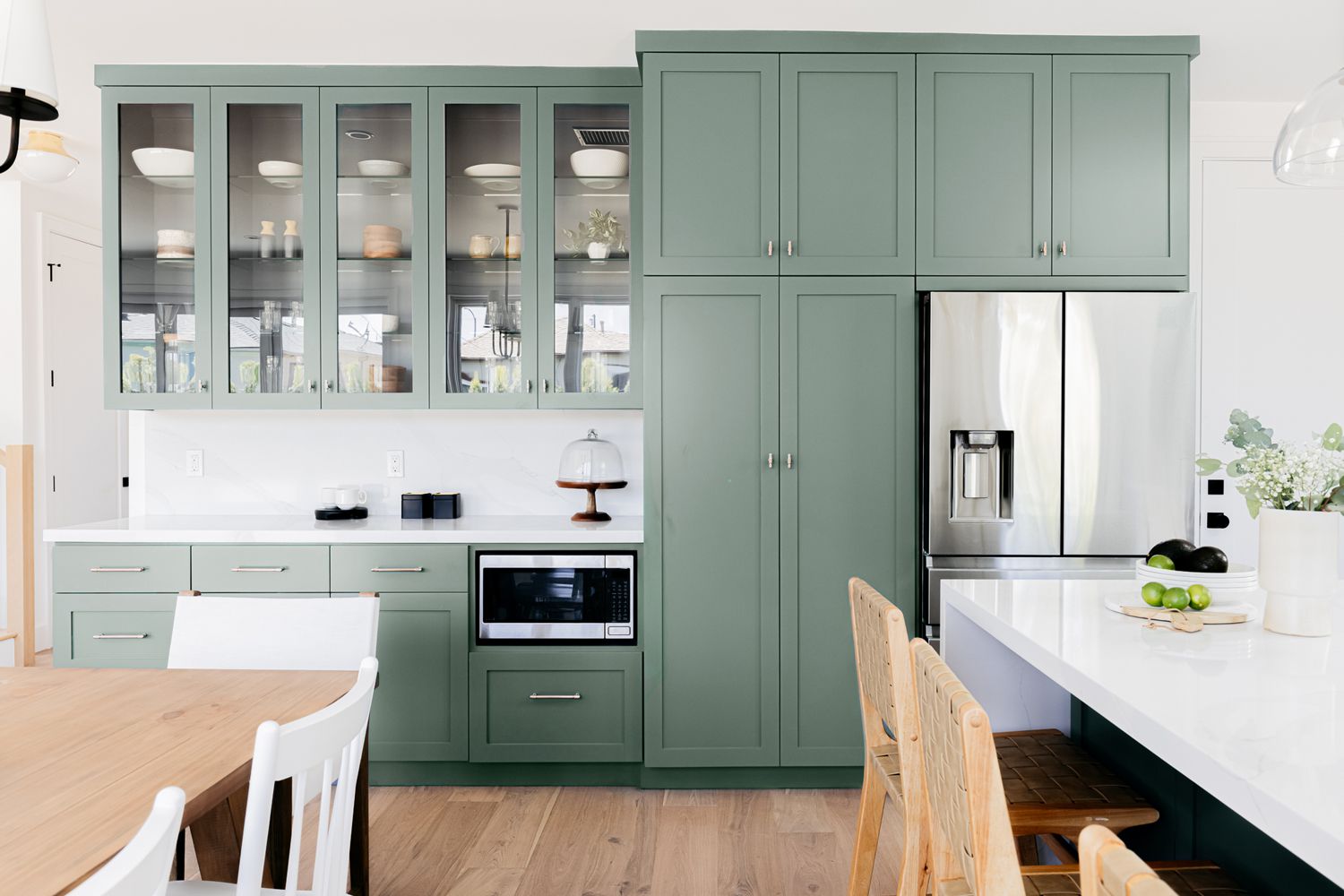
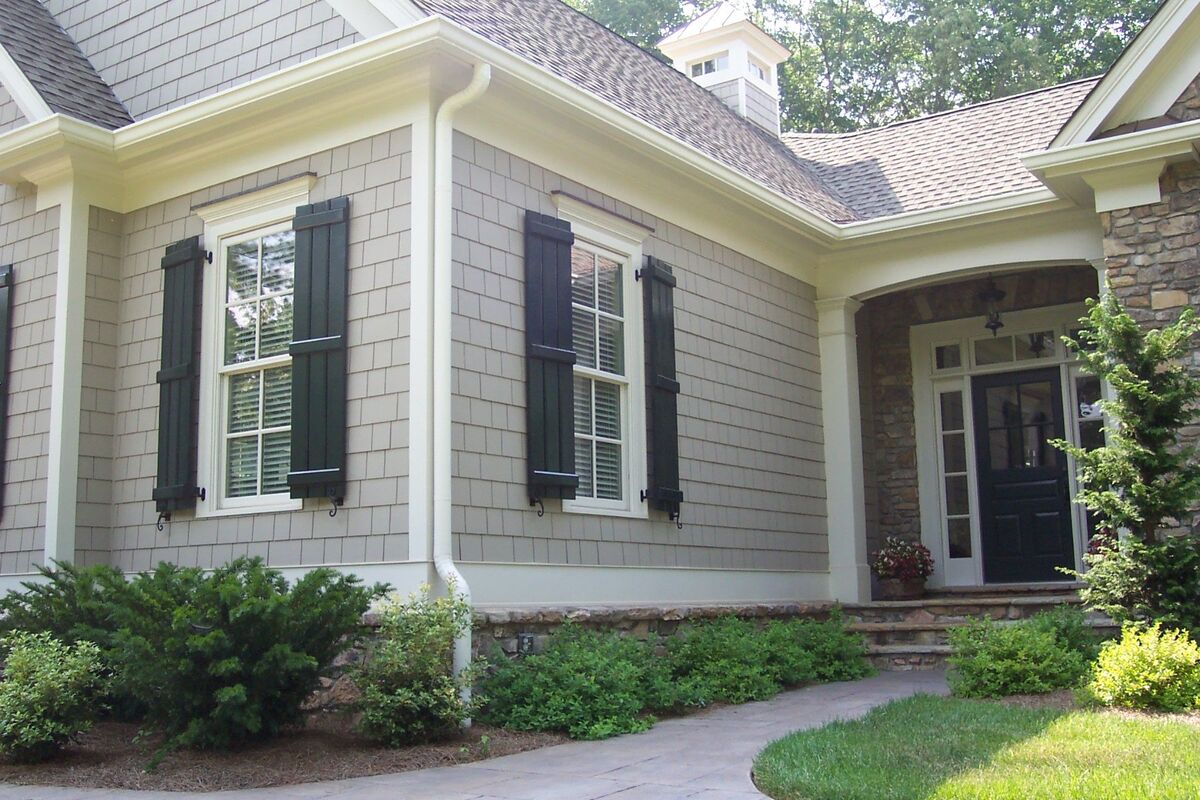
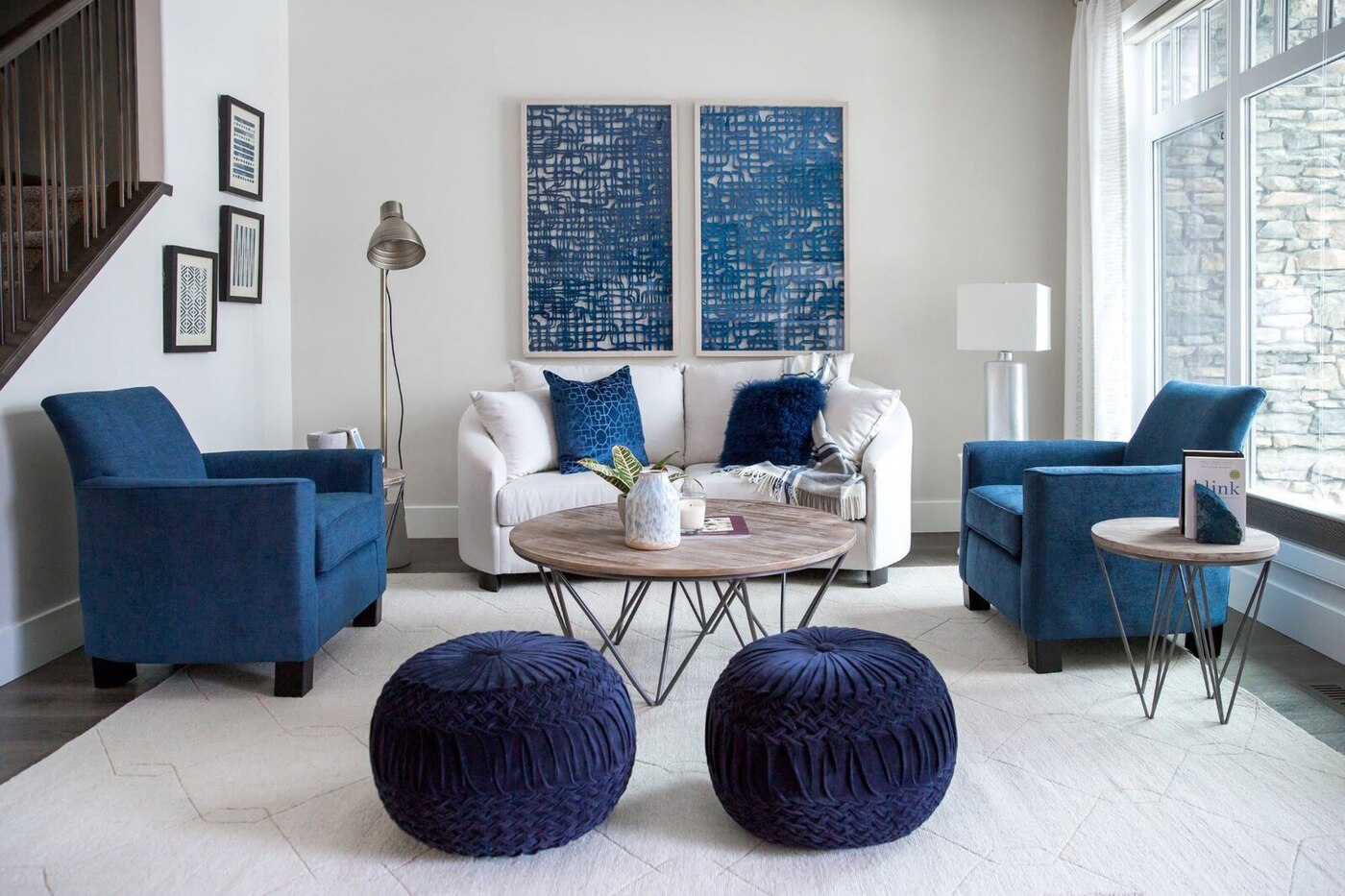
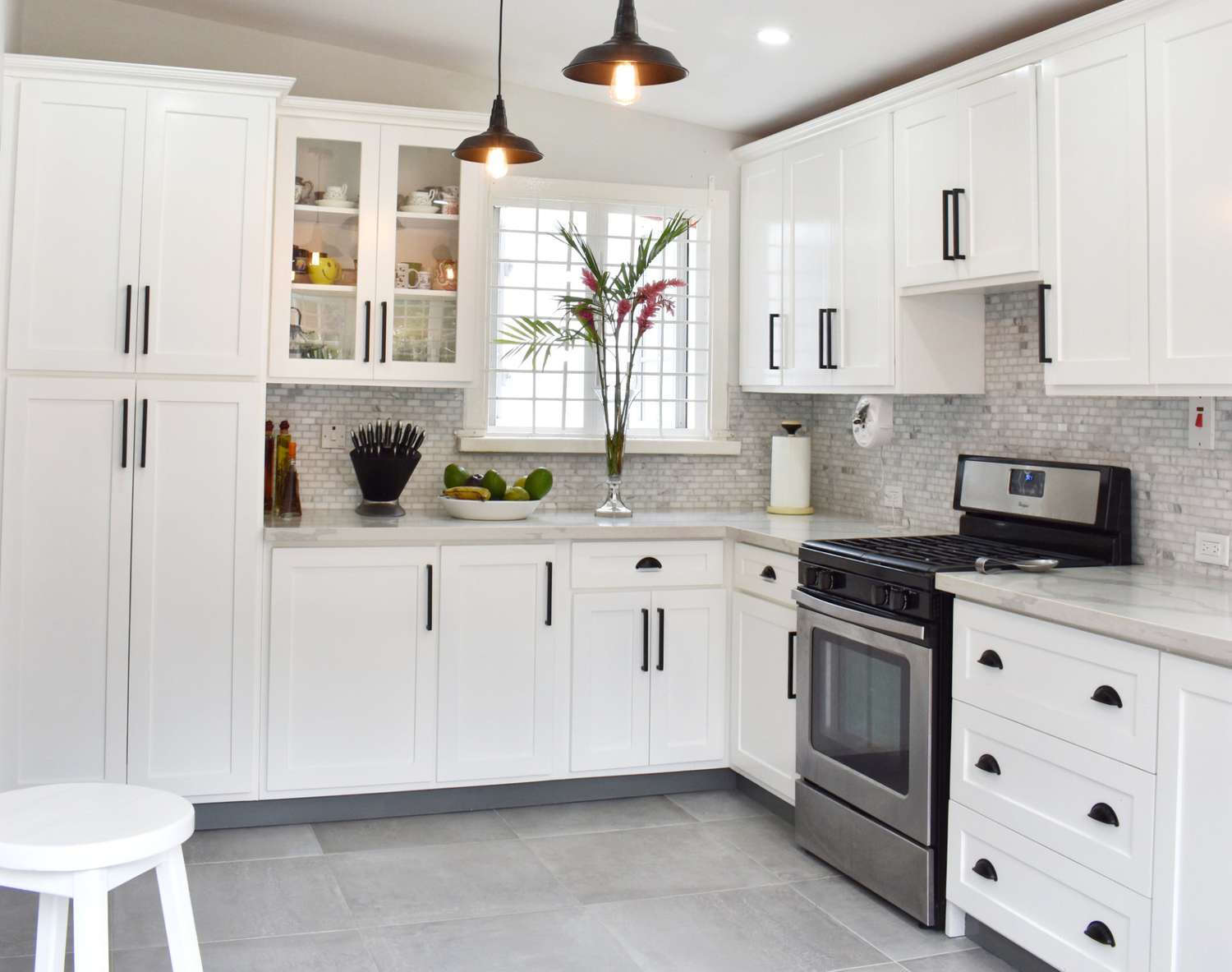
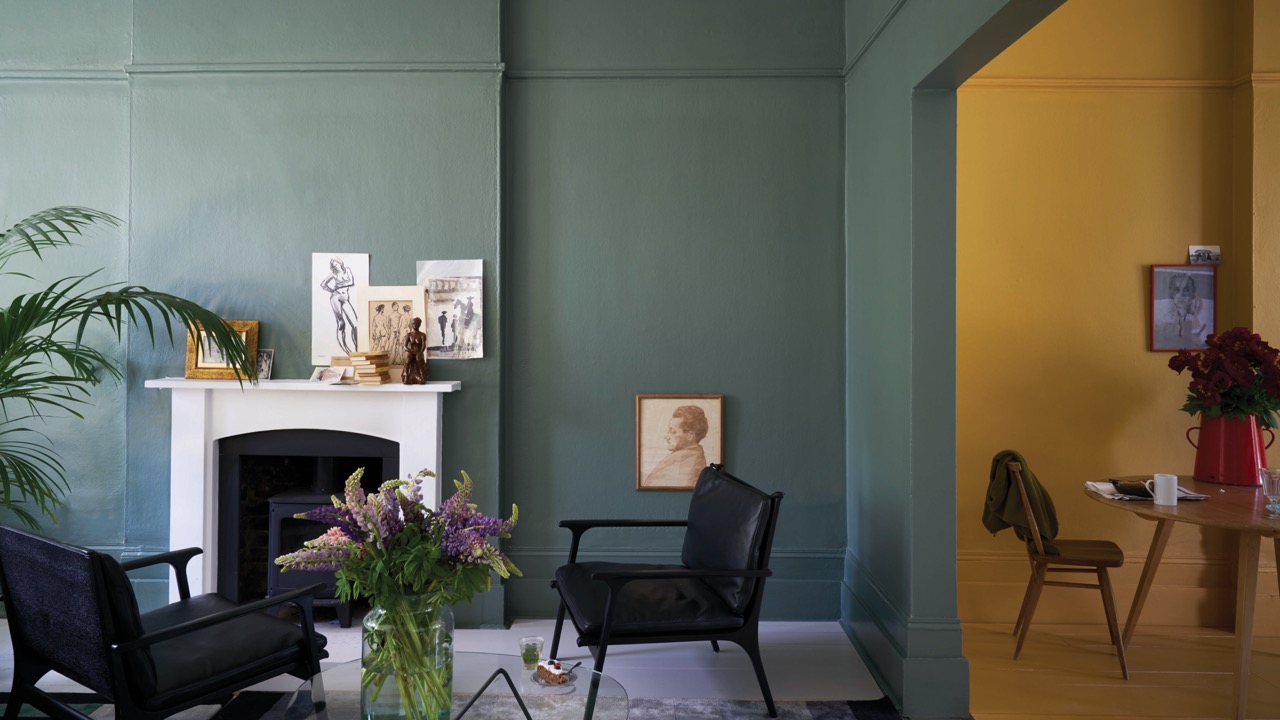
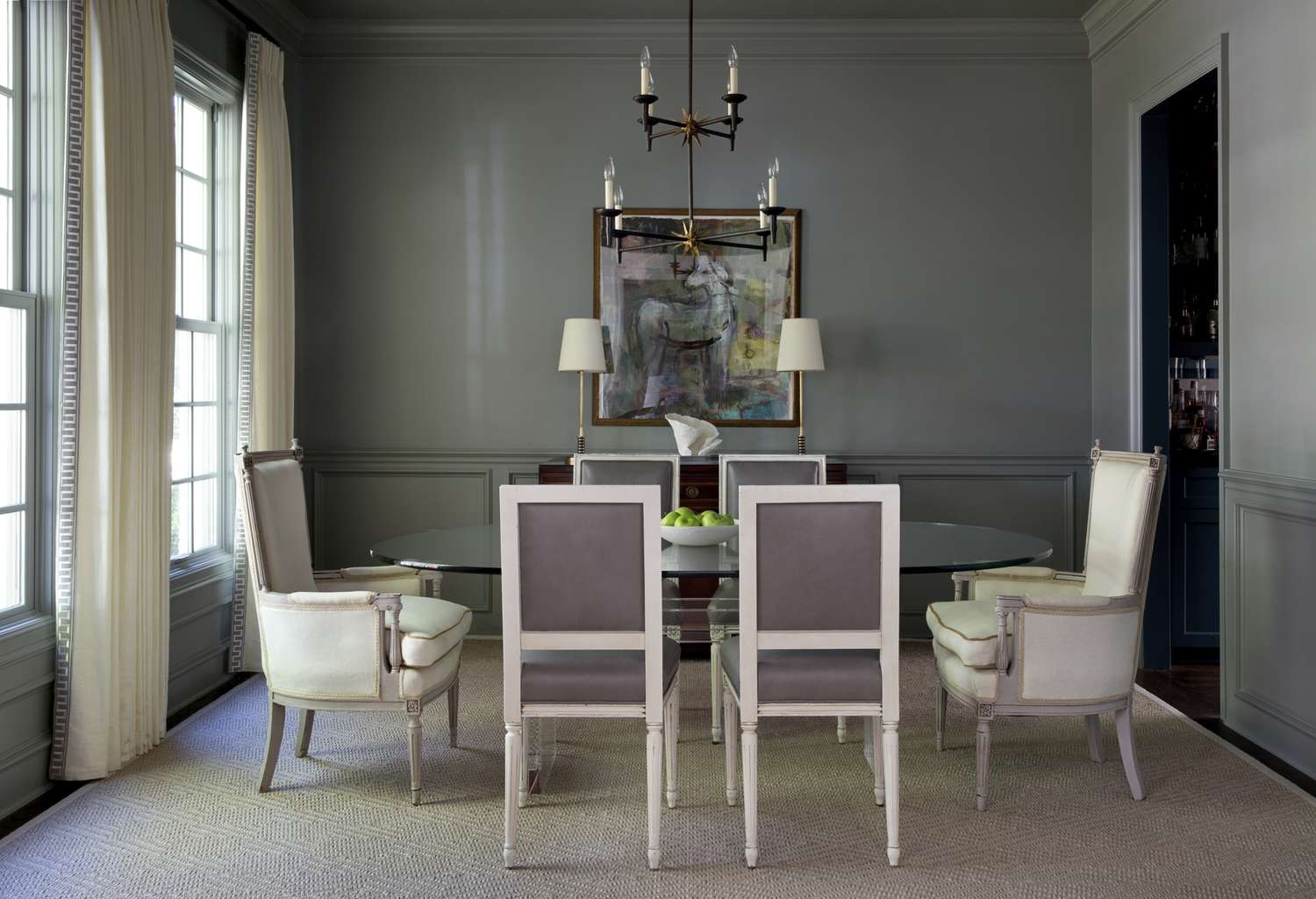
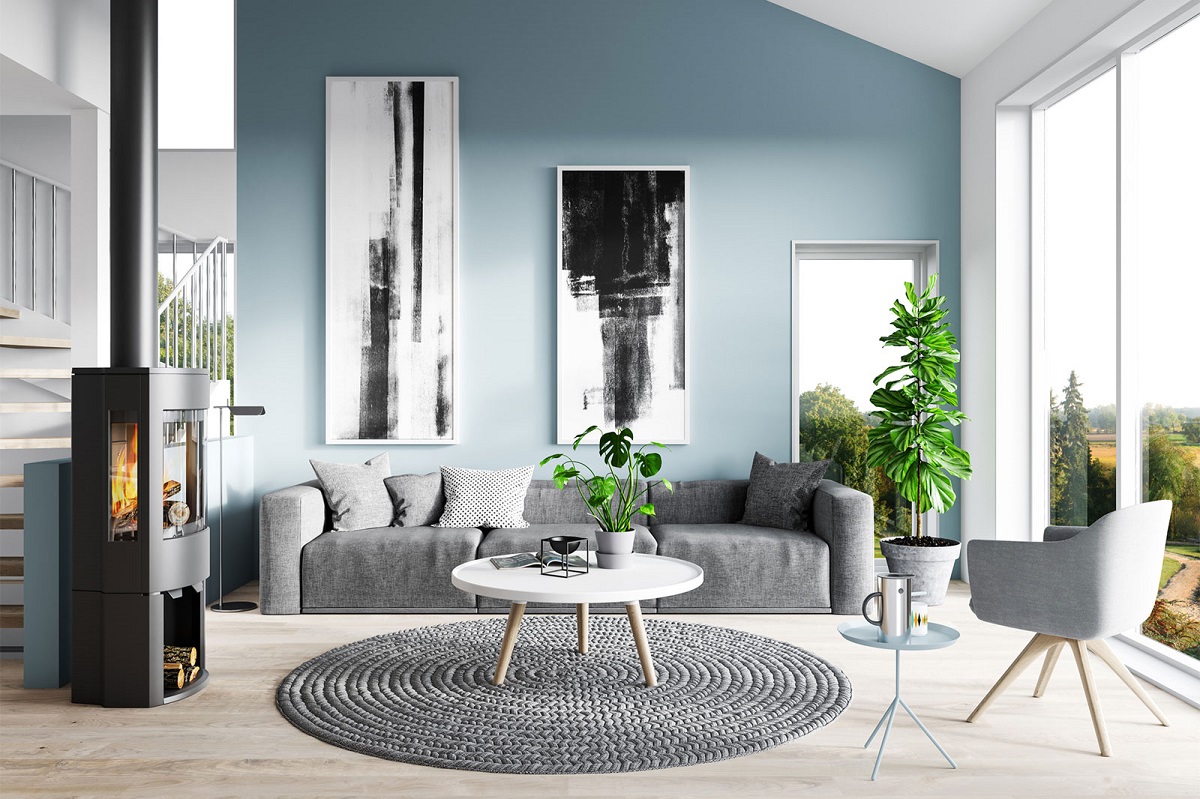
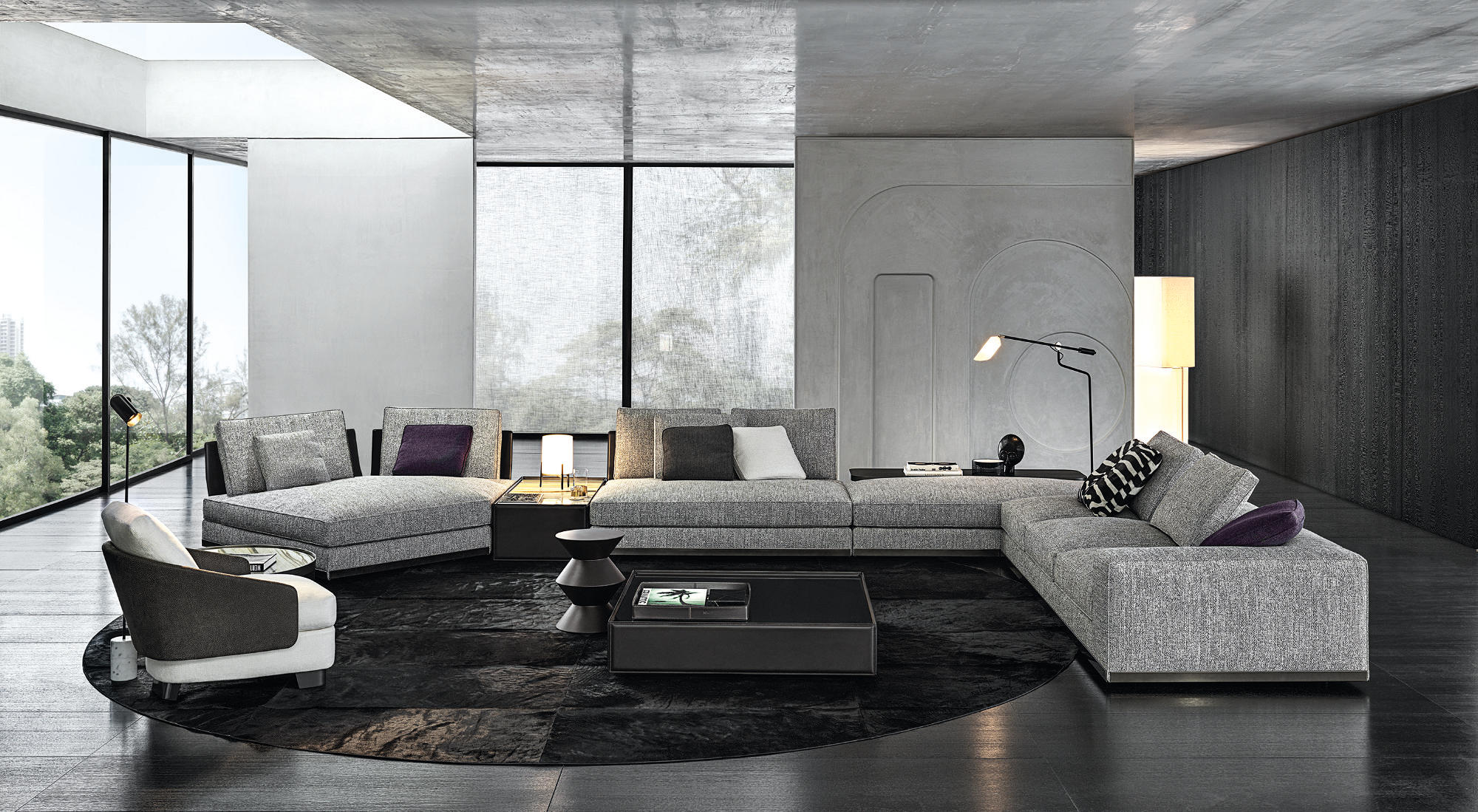
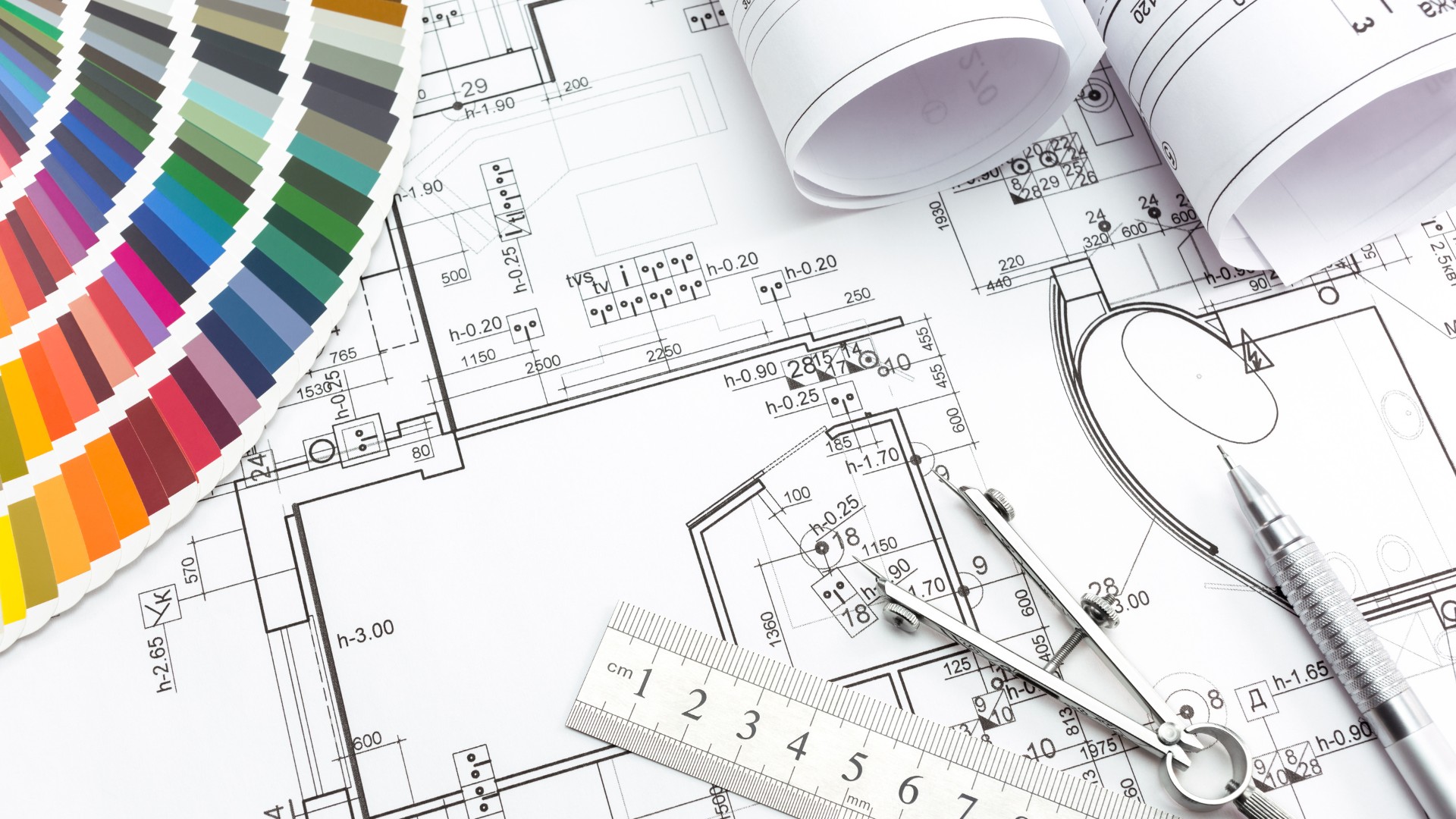
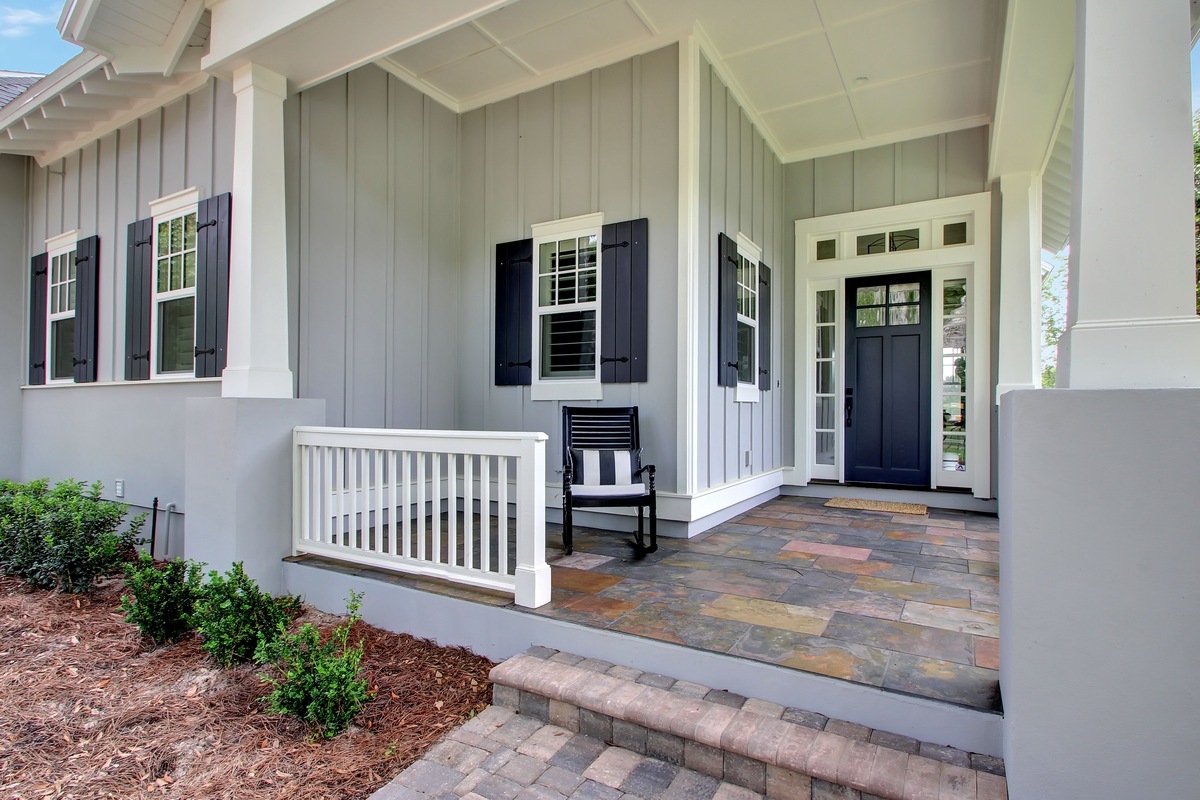
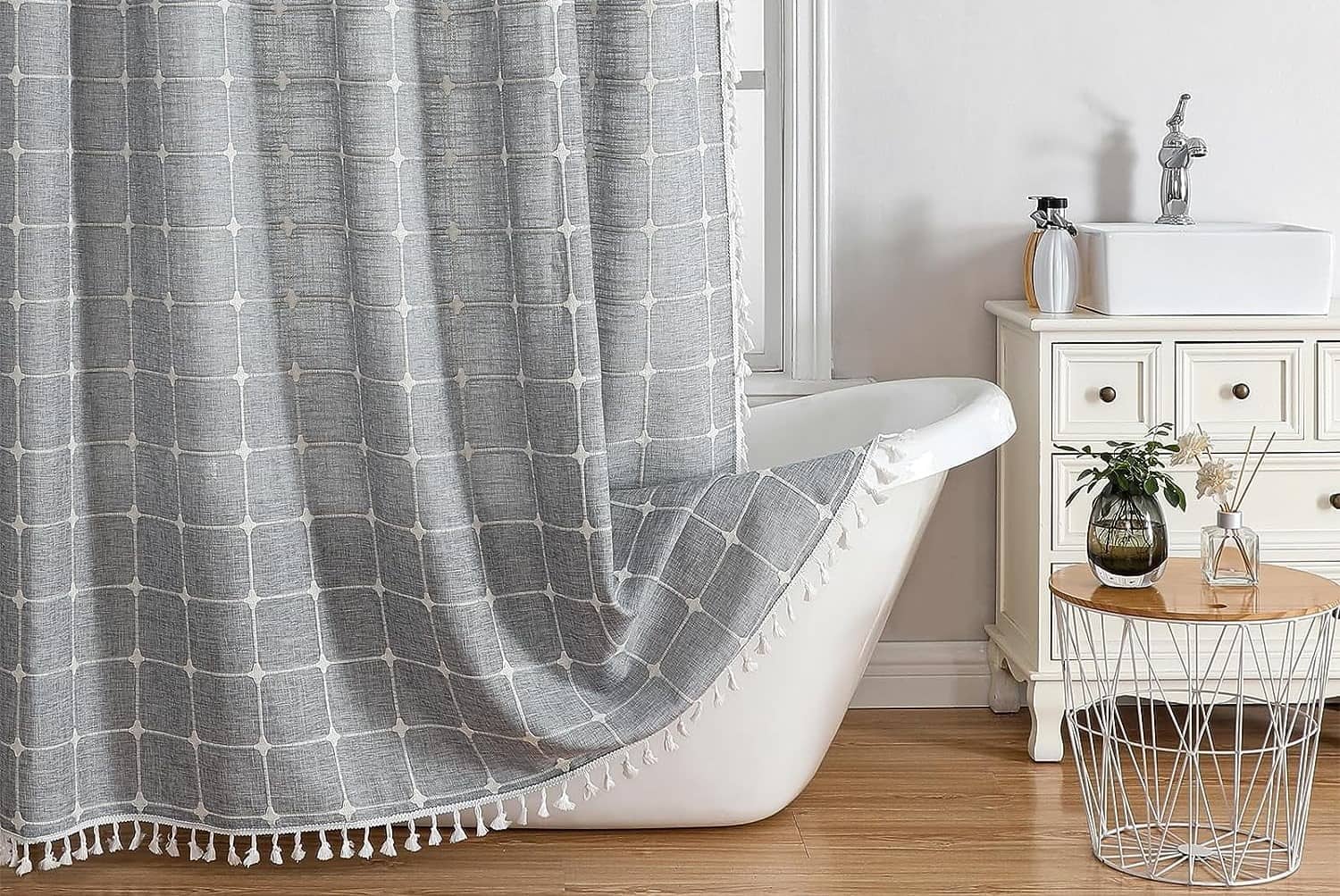
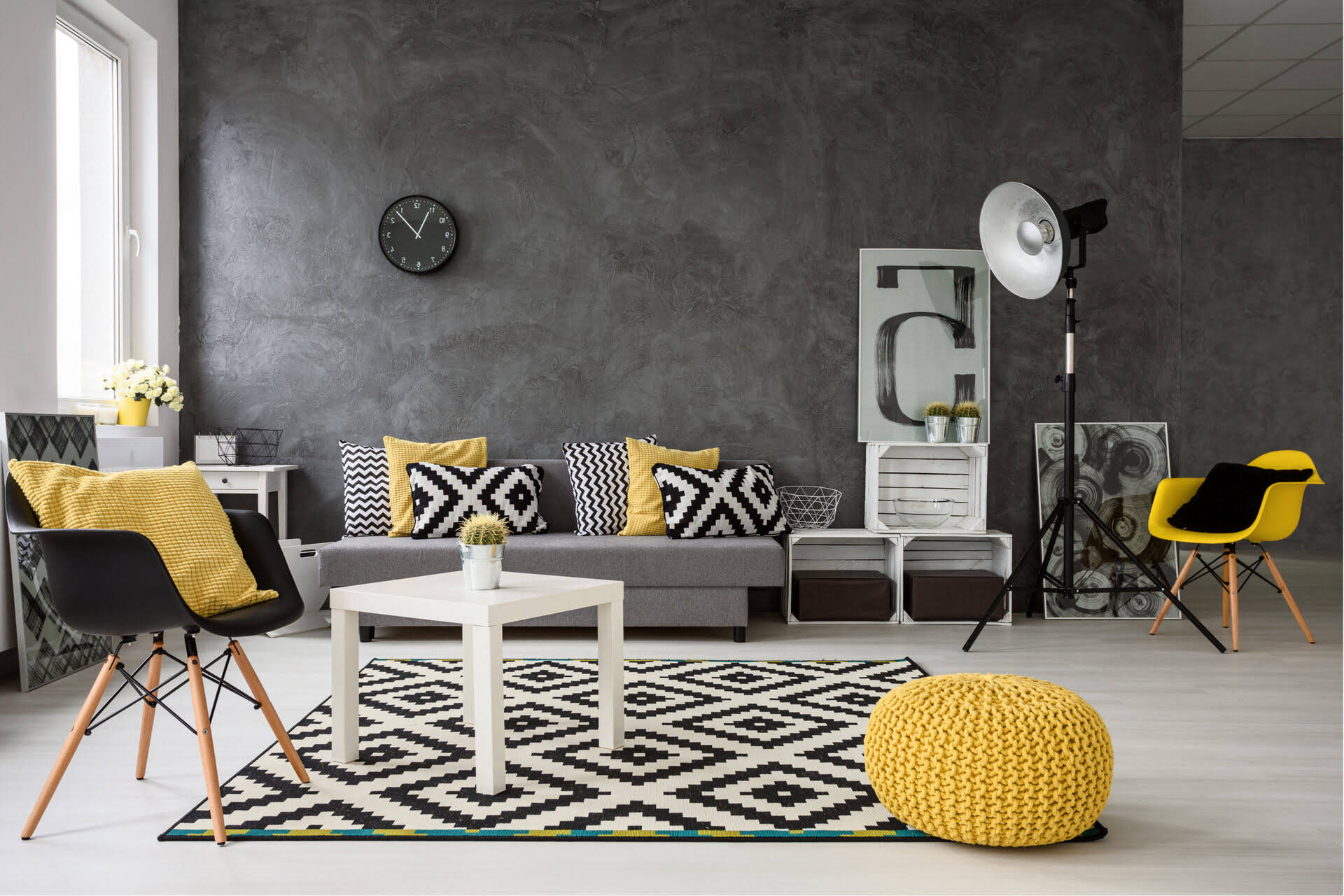
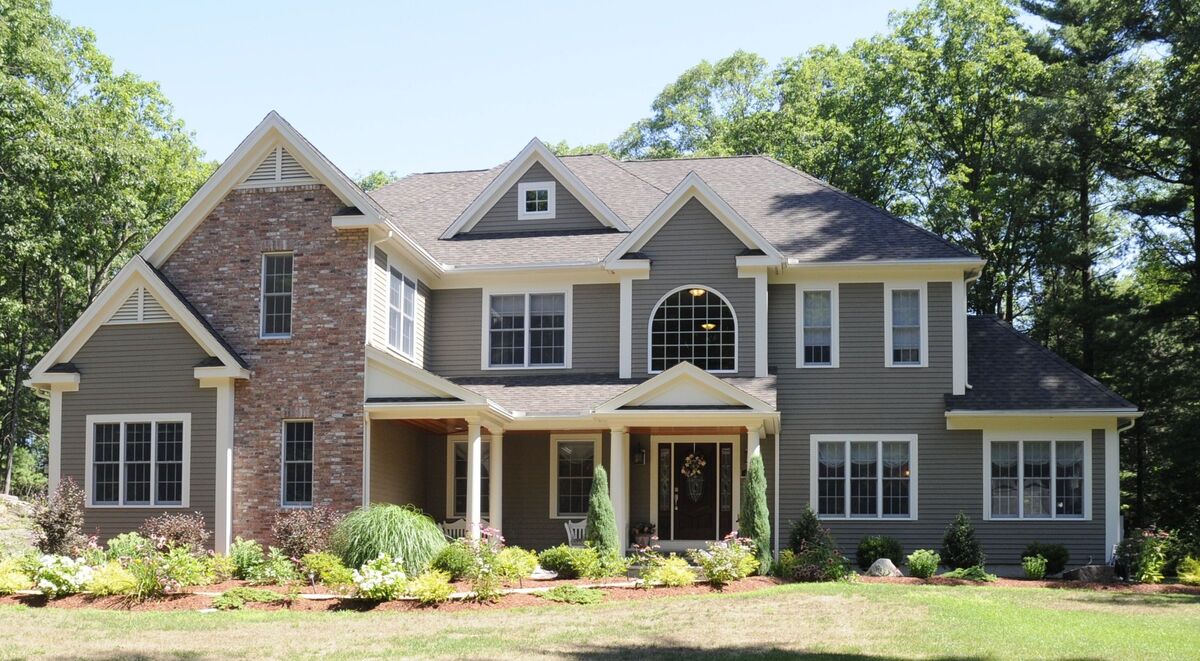
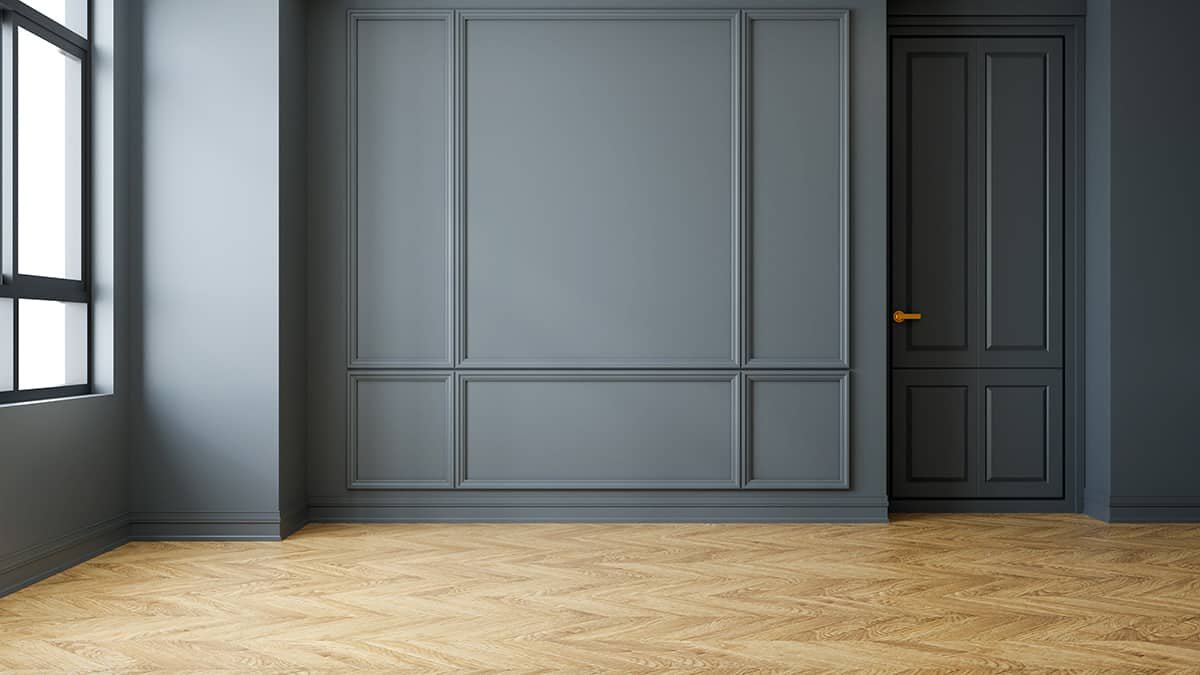

0 thoughts on “What Color Is Replacing Gray? Interior Designers Prefer This Color”